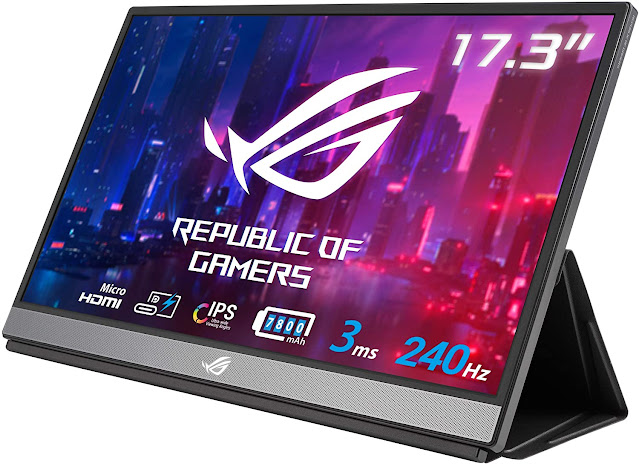The Complete Guide to LED vs LCD Monitors
Introduction: What are the Differences Between the Two Types of Monitors?
There are two types of monitors - LCD and LED. Monitors with LCD screens emit light from the backlight. These offer higher contrast and deeper colors for better picture quality, but they need a constant source of power to work.
On the other hand, LED monitors don’t need a backlight to produce light. They use an array of LEDs that can be turned on and off when needed without losing contrast or color quality like in an LCD monitor.
LED monitors are better than LCD monitors because they have a higher contrast ratio, better color accuracy, and lower power consumption.
There are many reasons why LED monitors are better than LCD monitors. A few of them are higher contrast ratio, better color accuracy, and lower power consumption. The first one is the higher contrast ratio of LED screens (3000:1) and this means that you can view the screen in a well-lit room without experiencing too much glare from the light source. The second reason is that LED screens have a lower power coverage effect, which means that it doesn’t take much for colors to degrade on this monitor when viewed at an angle (LCD = 10 degrees).
The Pros and Cons of Each Monitor Type
There are many monitor choices on the market today, but none of them are perfect.
The Pros: LCDs have a wide range of pricing and options, and their screens are usually thinner than their LED counterparts. They also have better response times for gaming or watching movies because they require less backlight power.
The Cons: They have a narrower viewing angle than LEDs, so they can be difficult to watch from an angle. In addition, since LCDs use electromechanical filtering to remove the ghosting effect from fast-moving images, they tend to produce more “flash” or “pixel crawl” during these movements.
LED displays are more expensive than LCD monitors with comparable specs, but also offer better contrast ratios and wider viewing angles thanks to their ability to turn off individual pixels.
What Other Factors Should I Consider When Buying a New Monitor?
The definition of a monitor is "a device that displays video images".
This means that the monitor is the one responsible for displaying what you are working on.
So before buying a new computer, it's important to make sure you can see everything without any blurry pixels or distorted colors.
One of the most important features to consider when purchasing a monitor is resolution. Resolution is defined as "the number of distinct pixels in an image". This means that if you have a high resolution, then your screen will be sharper and clearer than lower resolutions. It also helps reduce eyestrain and prevents eye fatigue.
Conclusion - Which One is Better? OLED or LED?
OLED screens are better than LED. OLED screens use less power, have better color accuracy, and offer higher resolution than LED.


Comments
Post a Comment